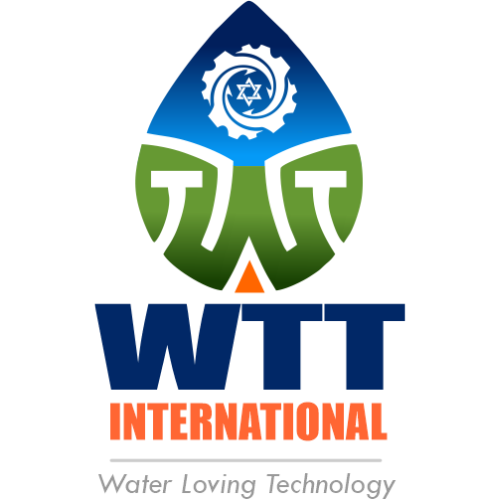The Monsoon Challenge for ETPs
Monsoon seasons bring a unique set of challenges for Effluent Treatment Plants (ETPs). Heavy rainfall can significantly impact the efficiency and stability of these crucial systems, leading to operational headaches and potential environmental non-compliance. Understanding these challenges is the first step towards building resilient ETP operations.
1. Fluctuating Effluent Characteristics
One of the primary issues is the dilution of industrial wastewater. Rainwater ingress into collection systems can drastically alter the concentration of pollutants, making it difficult for the ETP to maintain consistent treatment parameters. This fluctuation can shock biological treatment units and reduce the effectiveness of chemical coagulation and flocculation processes.
2. Increased Hydraulic Load
Monsoon rains often lead to an increased volume of water entering the ETP, exceeding its design hydraulic capacity. This overload can reduce retention times in various treatment units, leading to incomplete treatment, carryover of solids, and overall diminished performance. Settling tanks may overflow, and filters can become overwhelmed.
3. Power Fluctuations and Outages
Monsoon storms are frequently accompanied by power outages and voltage fluctuations. ETPs rely heavily on continuous power for pumps, aerators, and control systems. Interruptions can disrupt critical processes, especially aeration in biological treatment, leading to anaerobic conditions and system upsets.
4. Sludge Management Issues
Wet weather can make sludge dewatering and disposal more challenging. High moisture content in sludge can hinder drying processes, increase transportation costs, and make disposal difficult. Storage areas for dewatered sludge may also become saturated, leading to environmental concerns.
Solutions for Monsoon Resilience
To mitigate these challenges, industries need to adopt proactive measures and robust ETP designs.
1. Stormwater Management
Implementing effective stormwater drainage systems and preventing rainwater ingress into the effluent collection network is crucial. Segregating stormwater from process wastewater can significantly reduce hydraulic load on the ETP.
2. Equalization Tanks
Installing or expanding equalization tanks can help buffer fluctuations in both flow and concentration. These tanks ensure a more consistent influent quality to the main treatment units, preventing shock loads.
3. Redundant Power Supply
Investing in reliable backup power systems (e.g., generators, UPS) is essential to ensure continuous operation of critical ETP components during power outages.
4. Robust Sludge Dewatering
Utilizing advanced sludge dewatering technologies like filter presses or centrifuges can help manage sludge effectively even in wet conditions. Covered sludge drying beds or mechanical dewatering units are also beneficial.
5. Regular Maintenance and Monitoring
Increased vigilance and maintenance during monsoon are vital. Regular checks of pumps, blowers, and pipelines, along with continuous monitoring of effluent parameters, can help identify and address issues promptly.
By implementing these strategies, industries can ensure their ETPs remain efficient and compliant, even during the most challenging monsoon seasons. WTT INTERNATIONAL offers expertise in designing and upgrading ETPs to withstand such environmental variations.
